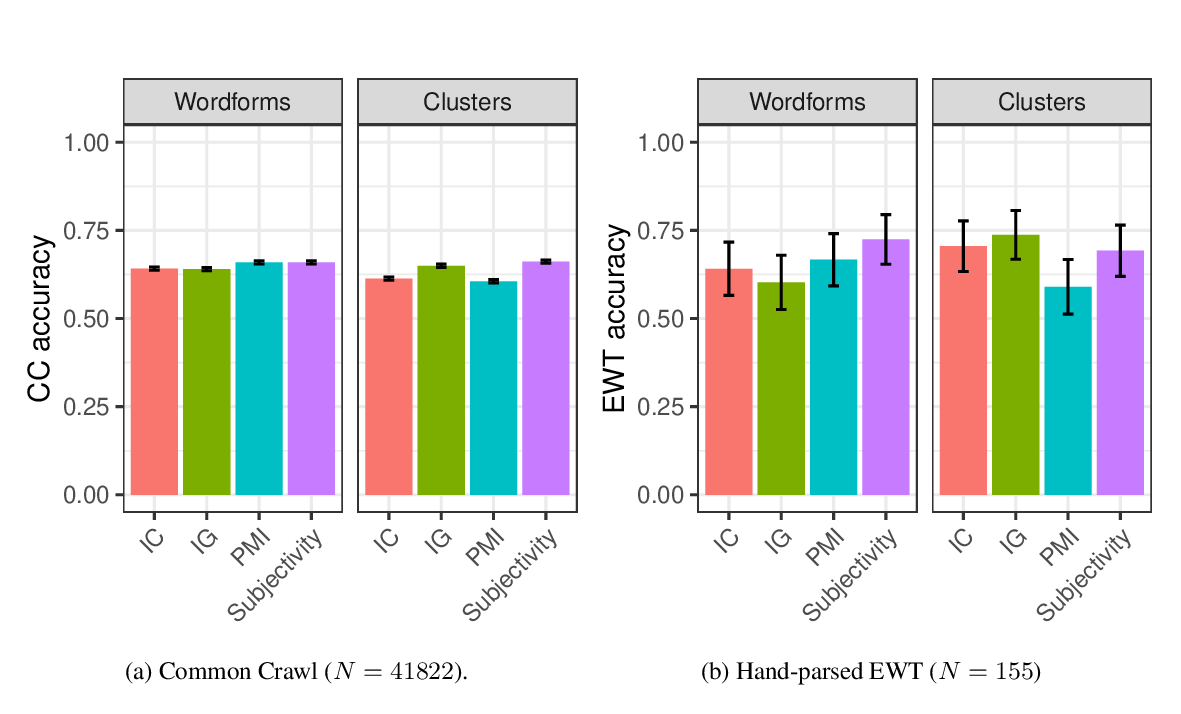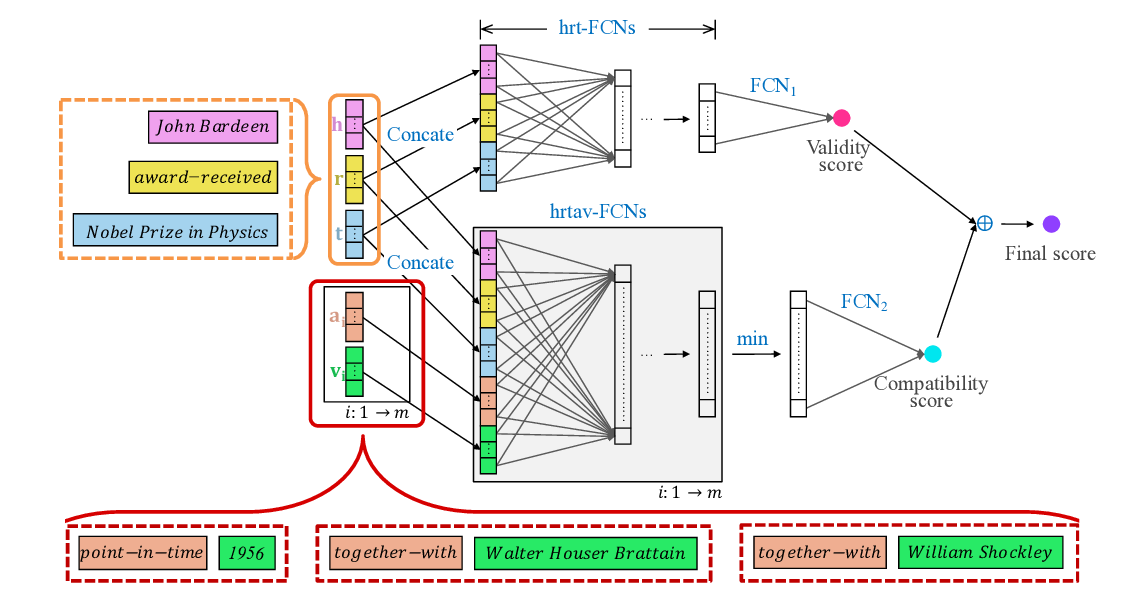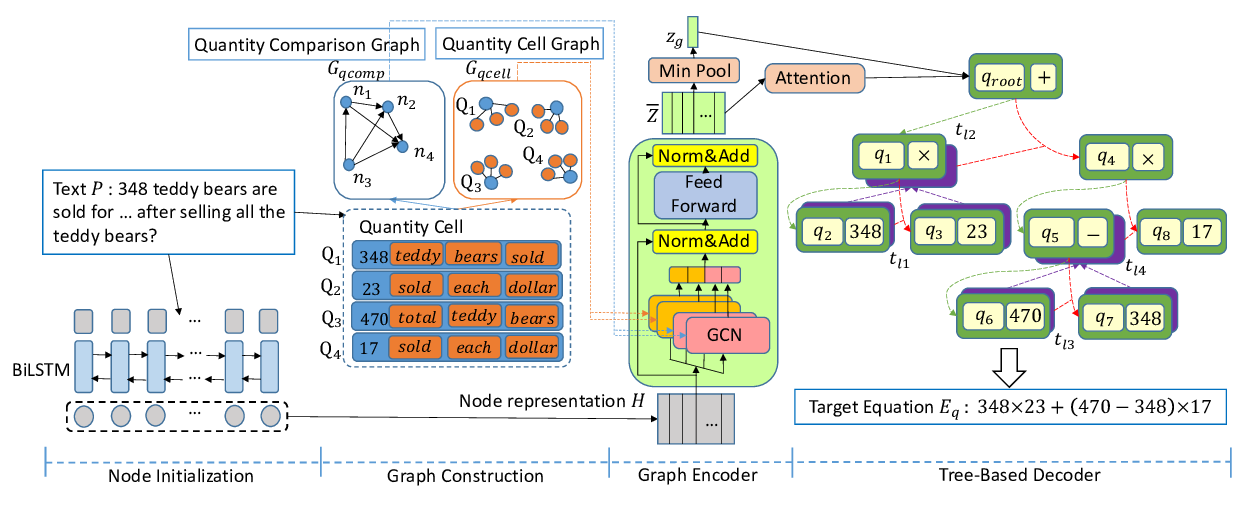“Who said it, and Why?” Provenance for Natural Language Claims
Yi Zhang, Zachary Ives, Dan Roth
Computational Social Science and Social Media Long Paper
Session 8A: Jul 7
(12:00-13:00 GMT)

Session 10A: Jul 7
(20:00-21:00 GMT)

Abstract:
In an era where generating content and publishing it is so easy, we are bombarded with information and are exposed to all kinds of claims, some of which do not always rank high on the truth scale. This paper suggests that the key to a longer-term, holistic, and systematic approach to navigating this information pollution is capturing the provenance of claims. To do that, we develop a formal definition of provenance graph for a given natural language claim, aiming to understand where the claim may come from and how it has evolved. To construct the graph, we model provenance inference, formulated mainly as an information extraction task and addressed via a textual entailment model. We evaluate our approach using two benchmark datasets, showing initial success in capturing the notion of provenance and its effectiveness on the application of claim verification.
You can open the
pre-recorded video
in a separate window.
NOTE: The SlidesLive video may display a random order of the authors.
The correct author list is shown at the top of this webpage.
Similar Papers
Generating Fact Checking Explanations
Pepa Atanasova, Jakob Grue Simonsen, Christina Lioma, Isabelle Augenstein,

What determines the order of adjectives in English? Comparing efficiency-based theories using dependency treebanks
Richard Futrell, William Dyer, Greg Scontras,

NeuInfer: Knowledge Inference on N-ary Facts
Saiping Guan, Xiaolong Jin, Jiafeng Guo, Yuanzhuo Wang, Xueqi Cheng,

Graph-to-Tree Learning for Solving Math Word Problems
Jipeng Zhang, Lei Wang, Roy Ka-Wei Lee, Yi Bin, Yan Wang, Jie Shao, Ee-Peng Lim,
